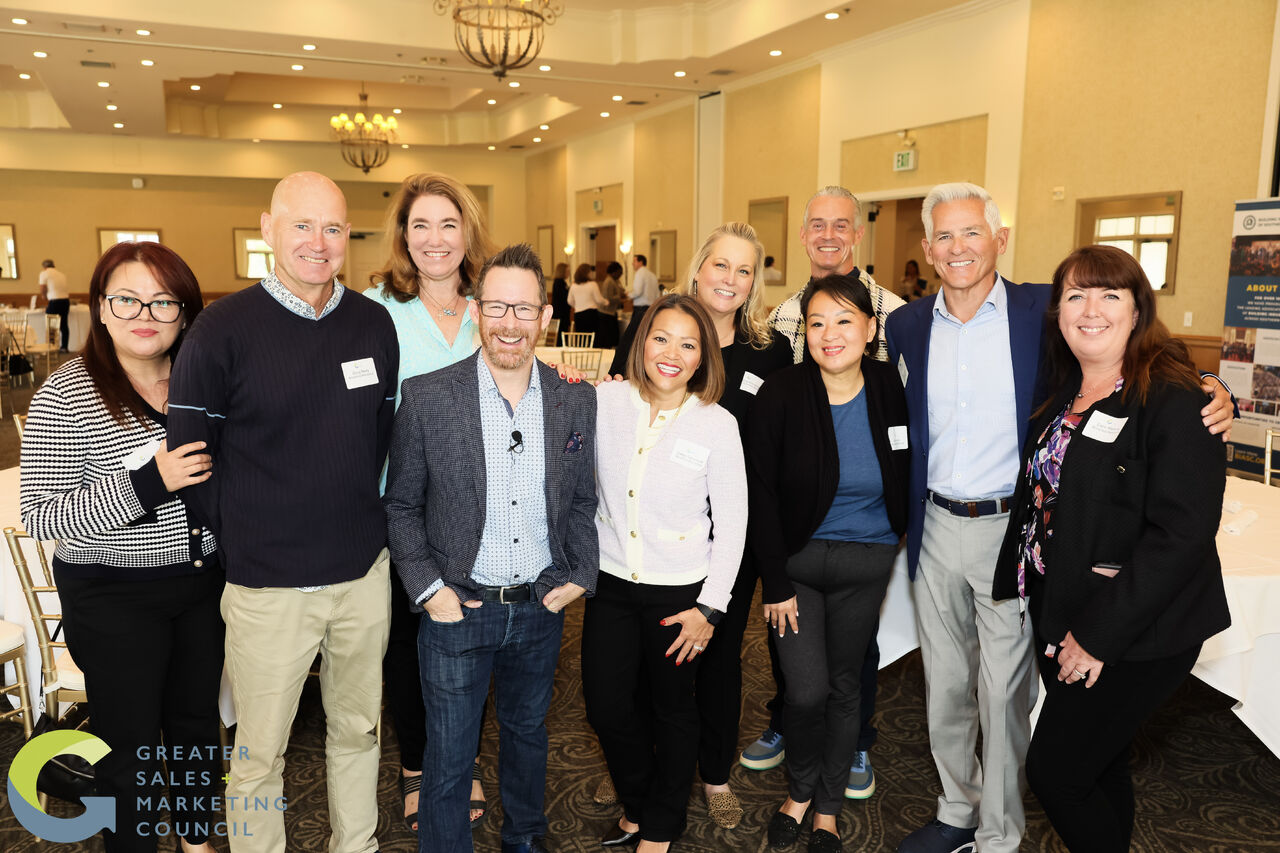
Sales Myth Busted: The Mindset Shift Every Sales Pro Needs
Let’s Bust a Quick Sales Myth
You've probably heard it before: Every no gets you closer to a yes.
It’s catchy. It’s been passed around in sales training rooms for years. Feels like a motivational pep talk.
But this kind of thinking might be quietly wrecking your sales mindset.
Rejection as a Metric? No, thanks.
Sure, statistically speaking, more outreach = more chances at a yes. But if your headspace is full of “no,” you start expecting it. And when you expect rejection, guess what happens? You start selling like someone who expects rejection.
It shows up in your tone. Your energy. Your questions. Your posture. You shrink before the objection even lands.
And no one wants to buy from someone who's already halfway out the door.
What You Focus On Gets Magnified
If your internal dialogue is just a loop of “They probably won’t buy,” you start acting accordingly.
You disengage. You rush. You stop being curious. You go through the motions.
It’s like trying to sell with one foot on the brake—hesitant, guarded, and disconnected.
Want More Sales? Shift Your Focus
Sales isn’t just a numbers game—it’s a mindset game. You’re constantly shaping how you think, respond, and show up in every interaction.
And your buyers? They feel it.
If you’re expecting rejection, they’ll sense hesitation, tension, or detachment. But when you show up focused on curiosity, connection, and value—your presence changes. And so do your results.
Reframing Rejection
I get these questions all the time:
Isn’t rejection just part of sales?
Yes—but it shouldn’t be the part you build your strategy around. Rejection will happen. But it’s a bump in the road, not the destination.
Should I never think about rejection?
Think about it just long enough to extract the lesson. Then let it go. Don’t let it dominate your thought life or your messaging.
From Defensive to Intentional
Let’s flip the script. Instead of bracing for “no,” try this:
- Walk into every conversation with the intent to learn, not sell.
- Let curiosity—not control—lead the interaction.
- Ask yourself: How can I make this a meaningful conversation for them?
Because when you stop tracking rejections and start tracking value, everything changes.
Curiosity opens doors. It invites people in. It builds trust.
Tiny Mindset Tweaks with Massive Impact
Here are a few micro-shifts that pack a punch:
- Old: “I’ve got to push through these no’s.”
New: “How can I show up with purpose for this person?” - Old: “They’re probably not a good fit.”
New: “Let me uncover what matters most to them.” - Old: “It’s just a numbers game.”
New: “It’s a value game—I create opportunities through connection.”
How do I stay positive after back-to-back rejections?
When you're hearing back-to-back no's, go back to your why. Revisit a recent win. Reflect on what you’ve learned. Let curiosity move you forward.
Positivity doesn’t mean ignoring hard days—it means being rooted in something bigger than the outcome.
Sell with Intention, not Desperation
What do buyers crave? Someone who slows down enough to listen. Someone who can read between the lines. Someone who genuinely cares about helping them get where they want to go.
When you sell with intention—not transaction—you show up differently. You create an environment of safety and ease rather than tension and pressure.
And that difference? It’s magnetic.
Refocus Your Compass
Let’s stop glorifying rejections. You don’t need more no’s—you need better focus.
Focus on the people in front of you. Focus on making buyers feel seen, heard, and understood.
Because your focus? It’s the compass that steers your sales.
Want to train your team to sell with curiosity, not fear? Explore the Impact Eighty-Eight trainings and give them the mindset tools that drive long-term success.
.png?width=215&height=72&name=Logo---yellow-(full-company-name).png)

